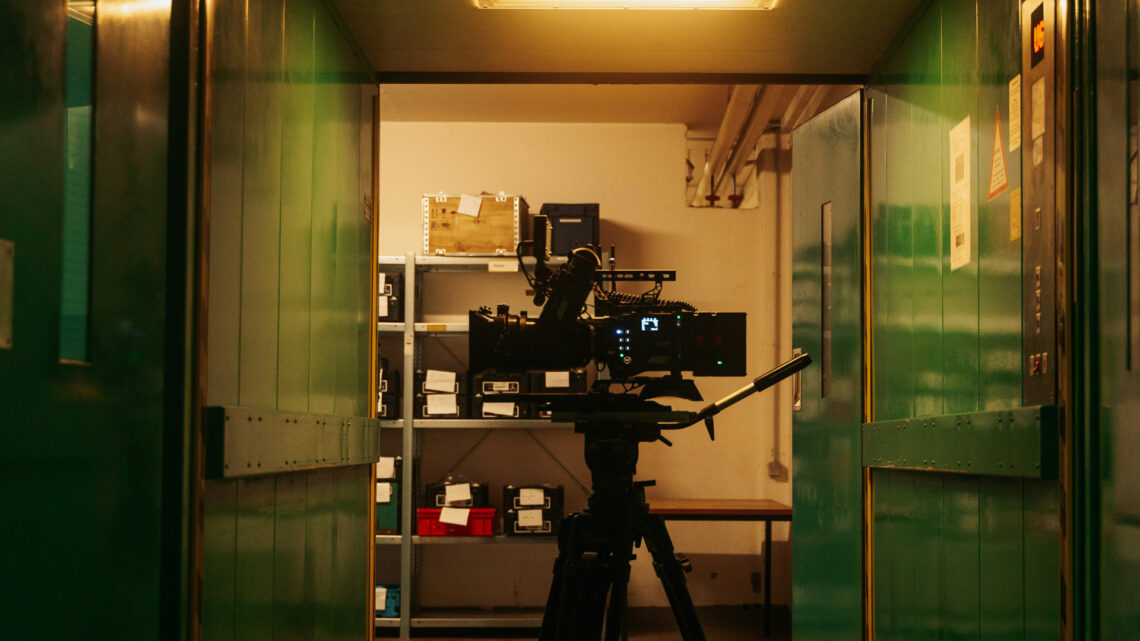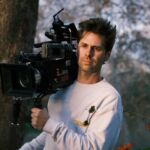I’m often asked “what are the optimal focal lengths for no-budget productions”?
While there are no hard and fast rules, there are certainly focal lengths that lend themselves better than others. Both from a stylistic and practical standpoint.
Generally, the best no-budget lenses fall into one of two categories:
- Very wide angle
- Telephoto
Wide angle lenses can work brilliantly for DIY productions. Particularly between 18mm – 24mm (on a Super 35mm sensor).
From a utility perspective, they make it easy to run and gun and not sacrifice quality. A walk and talk shot (just as one example) will look smooth on a nice wide angle 18mm lens – even if it’s entirely handheld. On the other hand, a 50mm would require a gimbal.
But it’s not just about the camera movement. It’s also the style that wide angle lenses offer.
So many bigger budget productions are afraid to go super wide, even though audiences love it. Why not take advantage of the more distinct character it offers, and use it as a tool to help your film stand out?
On a wide angle, you can also use the same lens for epic wide shots and closeups – adding a touch of distortion. Both use cases will add a lot to your visual style while also simplifying production support.
For different reasons, telephoto lenses are often ideal for no-budget productions too. In particular, glass that ranges between 85mm – 135mm (again on Super 35).
The background compression, bokeh, and emotional characteristics these lenses deliver always help your production value, and again add a distinct flair. Many low budget filmmakers (like the Sadie Brothers in their earlier days), shoot almost everything on long lenses.
Not only do they make things look more visually appealing, but they are also highly practical.
You could be across the street filming from your balcony on the second floor. Still able to capture action happening at the street level. All from a unique vantage point, but without filming in a high traffic area.
There is also the matter of production design, which long lenses help with too. On a standard focal length, your production design is front and center – so it better be perfect.
But blown out with shallow depth of field, you don’t have to worry as much if there is an issue with set dressing. It’s much easier to work around or frame out.
It’s worth noting, you can of course use any focal length on your DIY feature. It doesn’t have to just be wide angle or telephoto… My feature Disappearing Boy was shot entirely on a 50mm lens, which is more of a “normal” focal length.
But the 50mm lens worked for me, because that was the only lens that I used. And for my story I couldn’t have committed to only using an extremely wide or long lens.
In a nutshell – If you plan to swap lenses throughout your shoot, I would generally recommended going wide or going long.
But if you choose to shoot your film on a single lens, consider more standard focal lengths – like 35mm or 50mm – which offer more versatility.
These topics are explored in far more depth in the No-Budget Cinematography Blueprint, which you can check out here.
For exclusive filmmaking articles every Sunday, sign up for my newsletter here!



No Comments